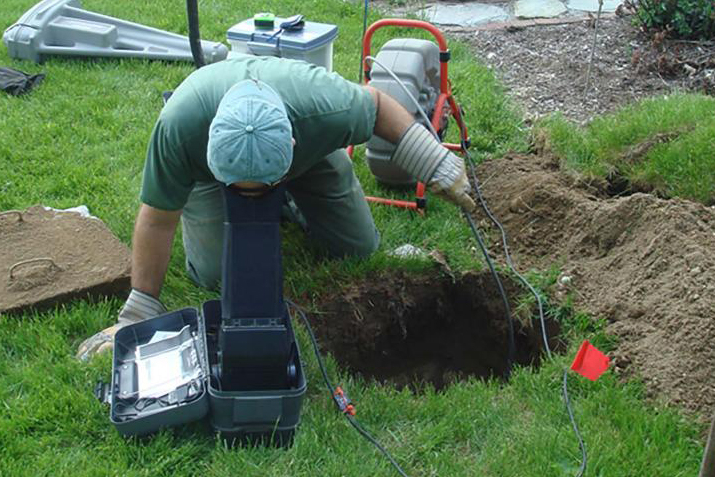A septic tank contains solid waste that is broken down by bacteria to form a layer of sludge. Oils and fats float to the top, while clear wastewater known as effluent flows out the drainfield into the soil.
Manufacturers of septic tank additives claim their products help break down the solid waste layer and reduce the need to have the septic tank pumped as frequently. These chemical products disrupt the natural bacterial process in your septic tank and kill many of the bacteria that are already there.
Inorganic Treatments
Septic systems have a very important job to do and must be properly maintained in order to work effectively. A septic tank is a concrete or plastic underground container that connects inlet and outflow pipes to an absorption field or sewer system. It contains a sludge layer, which is comprised of human waste and other organic material that the bacteria in your septic tank decompose to water and carbon dioxide. The tank also contains a scum layer, which contains fats, oils and grease. A septic system must be free of obstructions to operate at full capacity. Objections can include items such as cigarette butts, paint and expired pharmaceutical drugs, which are not biologically degradable. These items enter the septic system through the toilets and drains, and can clog the septic tank and drain fields.
To reduce objectionable Total Suspended Solids (TSS) in wastewater, a homeowner can use a filter that attaches to the outlet tee of the septic tank. A Zabel or similar brand filter can be purchased at most home improvement stores. The filter works by catching and trapping the large particulates in the wastewater before it leaves the tank, which will prevent them from entering the leachfield or groundwater.
Another popular method of Septic Tank Treatment involves the use of chemical alkalis and acids, which are highly toxic to the bacterial colonies in your septic tank. These chemicals not only corrode the interior of your tank, they also destroy the bacteria that naturally breaks down the solids in your septic tank. As a result, these solids clog the tank and leachfield over time, and will eventually discharge into the environment.
Some septic tank treatments contain enzymes, which are proteins that stimulate the bacterial colony and make it easier for them to break down organic contaminants. However, these additives are not effective in most septic tanks. They can only help with the most basic types of organic materials, and the septic tank’s existing colonies should be enough to break down any remaining solids. Enzymes may have the added benefit of limiting the build-up of a scum layer in your septic tank.
A high BOD content in sewage can be dangerous to the health of your septic tank, as well as the surrounding groundwater. BOD is made up of large organic molecules, such as fecal matter and the organic components of detergents, soaps and fats and greases. These large molecules require a lot of oxygen to be broken down by the septic tank’s bacteria. Without enough oxygen, the molecules will simply escape the tank and go into the leachfield or groundwater.
Aside from the use of a septic tank treatment, there are several other things that can improve your septic system’s performance and extend its lifespan. These include reducing the amount of non-biodegradable and toxic substances entering your septic system through the toilet and drains, and maintaining proper usage habits, such as limiting water and energy use. By following these simple tips, you can greatly extend the life of your septic system and protect the quality of our environment.
